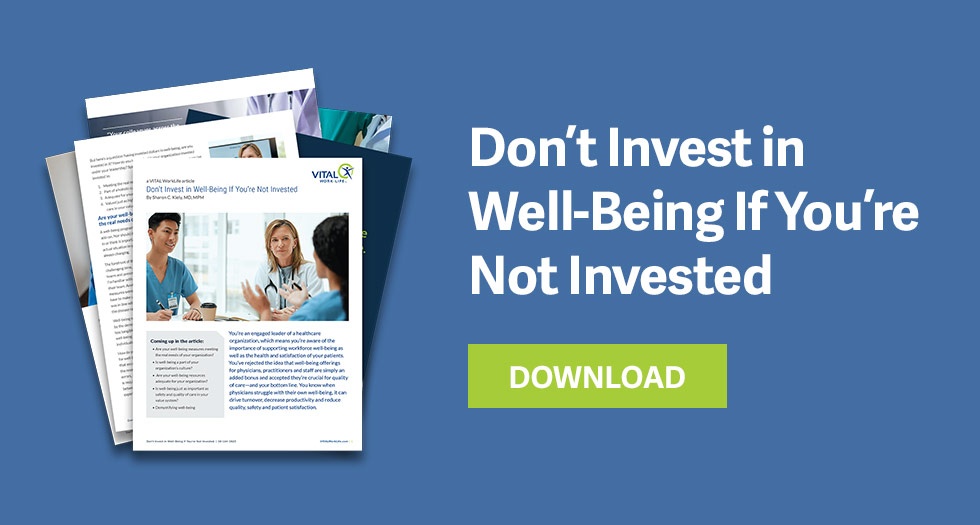When Paul O'Neill took the reins of Alcoa in 1987, he set a surprising new course for the company.
“Every year, numerous Alcoa workers are injured so badly that they miss a day of work,” he told a group of investors. “I intend to make Alcoa the safest company in America. I intend to go for zero injuries.”

People in the industry were shocked by the new CEO’s worker-oriented values—“The board put a crazy hippie in charge and he’s going to kill the company,” one investor said he told his clients. And the same people also thought his commitment to “zero injuries” was—well, nuts, because it was impossible.
Aiming at this ambitious target cut Alcoa’s worker injury rate to one-twentieth of the U.S. average. What’s interesting is companies with an O’Neill-style commitment to a high level of worker safety outperformed the stock market by about 300 percent, showing a focus on safety has a tremendous positive impact on the business as well.
Shifting to Healthcare
O’Neill spread the safety gospel beyond the walls of Alcoa plants, too. Already in 1987, he was collaborating with healthcare stakeholders in Pennsylvania to create the Pittsburgh Regional Health Initiative (PRHI). “Paul believed we could make Western Pennsylvania the safest region in the world to receive healthcare,” writes Karen Wolk Feinstein, co-leader, with O’Neill, of the initiative.
What resulted, Feinstein points out, was a revolution. Infection had long been seen as an inevitable risk in healthcare; but Central Line Bloodstream Infection rates dropped by 68 percent in institutions associated with the PRHI. “Over the next few years we took on every kind of healthcare problem,” Feinstein writes, “from errors in pathology sampling and interpretation to back-ups in autism clinics [to] medication error.”
Results were positive and American medicine has made the O’Neill zero-harm concept its own.
Shifting to Workforce Well-Being
What my recent article details is that American medicine now needs to make the same kind of across-the-board commitment to well-being for the medical workforce it has made on behalf of its patients. I warn investing in physician well-being requires being truly invested in it—going beyond ticking a box labeled “well-being program,” or assuming that we know what our people need. Zero harm for our workforce means understanding them and their needs at a deep level.
In making optimal worker well-being a nonnegotiable goal, leadership's job is to ask the hard questions about well-being’s role in the organization and how best to invest in it. Read the entire essay here.



